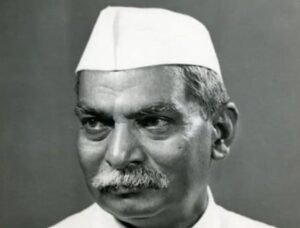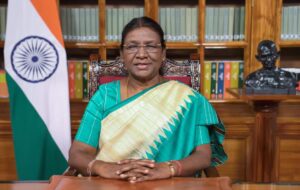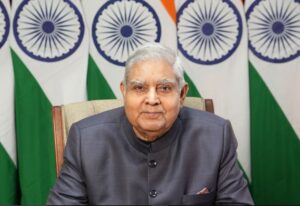India has had a rich history of leadership, with each president contributing uniquely to the nation’s progress. Here’s a detailed list of the presidents of India, arranged in order of their tenure, along with notable details about the first president, the current president, and the current vice president.
| No. | President | Tenure |
|---|---|---|
| 1 | Dr. Rajendra Prasad | 1950-1962 |
| 2 | Dr. Sarvepalli Radhakrishnan | 1962-1967 |
| 3 | Dr. Zakir Husain | 1967-1969 |
| 4 | Varahagiri Venkata Giri | 1969-1974 |
| 5 | Fakhruddin Ali Ahmed | 1974-1977 |
| 6 | Neelam Sanjiva Reddy | 1977-1982 |
| 7 | Giani Zail Singh | 1982-1987 |
| 8 | R. Venkataraman | 1987-1992 |
| 9 | Dr. Shankar Dayal Sharma | 1992-1997 |
| 10 | K. R. Narayanan | 1997-2002 |
| 11 | Dr. A. P. J. Abdul Kalam | 2002-2007 |
| 12 | Pratibha Patil | 2007-2012 |
| 13 | Pranab Mukherjee | 2012-2017 |
| 14 | Ram Nath Kovind | 2017-2022 |
| 15 | Droupadi Murmu | 2022-present |
The First President of India: Dr. Rajendra Prasad

Dr. Rajendra Prasad was born in Ziradei, a small village in the Siwan district of Bihar, on December 3, 1884. He hailed from a Kayastha family and was deeply influenced by the ideals of Mahatma Gandhi.
Before becoming the first president of India, Dr. Prasad was actively involved in India’s freedom struggle. He played a significant role in the Indian National Congress and was elected its president thrice. He also served as the Minister of Food and Agriculture in the interim government of 1946-47.
Notable Achievements and Downsides:
As India’s first president, Dr. Prasad laid the foundation for a stable and democratic republic. He was known for his impartiality and adherence to the Constitution.
One of his notable achievements was presiding over the Constituent Assembly that drafted the Constitution of India. However, his tenure also saw tensions with Prime Minister Jawaharlal Nehru over the role and powers of the president, which highlighted the evolving dynamics between the executive and the head of state.
The Current President of India: Droupadi Murmu

Droupadi Murmu was born on June 20, 1958, in the Mayurbhanj district of Odisha. She belongs to the Santhal tribe, one of India’s indigenous communities. Her humble beginnings and deep connection with her roots have made her an inspirational figure for many.
Before becoming the president, Droupadi Murmu served as the Governor of Jharkhand from 2015 to 2021, becoming the first woman and tribal leader to hold this position.
She also served as a minister in the Odisha government, holding portfolios such as Transport, Commerce, and Fisheries.
Notable Achievements and Downsides:
As president, Droupadi Murmu’s rise symbolizes the empowerment of marginalized communities in India. Her tenure has been marked by a focus on social justice, tribal rights, and women’s empowerment.
However, her presidency has also been scrutinized for the perceived lack of assertiveness in challenging controversial government policies, reflecting the delicate balance of power between the president and the executive.
The Current Vice President of India: Jagdeep Dhankhar

Jagdeep Dhankhar was born on May 18, 1951, in Kithana, a small village in Rajasthan. He comes from a farming family and has a legal background, having pursued a degree in law after completing his education in physics.
Before becoming the vice president, Jagdeep Dhankhar had a long and distinguished career in both law and politics. He served as a Member of Parliament and was appointed as the Governor of West Bengal in 2019, where his tenure was marked by frequent clashes with the state government.
Notable Achievements and Downsides:
Jagdeep Dhankhar’s tenure as vice president has been characterized by his active involvement in parliamentary proceedings and his commitment to upholding the constitution.
However, his earlier role as Governor of West Bengal was controversial, with critics accusing him of overstepping his constitutional role and interfering in state matters.
Conclusion
India’s journey through its presidents reflects the country’s rich diversity and evolving political landscape. From Dr. Rajendra Prasad’s foundational years to Droupadi Murmu’s historic presidency, each leader has contributed to shaping the nation.
As India continues to grow, the role of these leaders remains pivotal in guiding the country towards a more inclusive and prosperous future.
